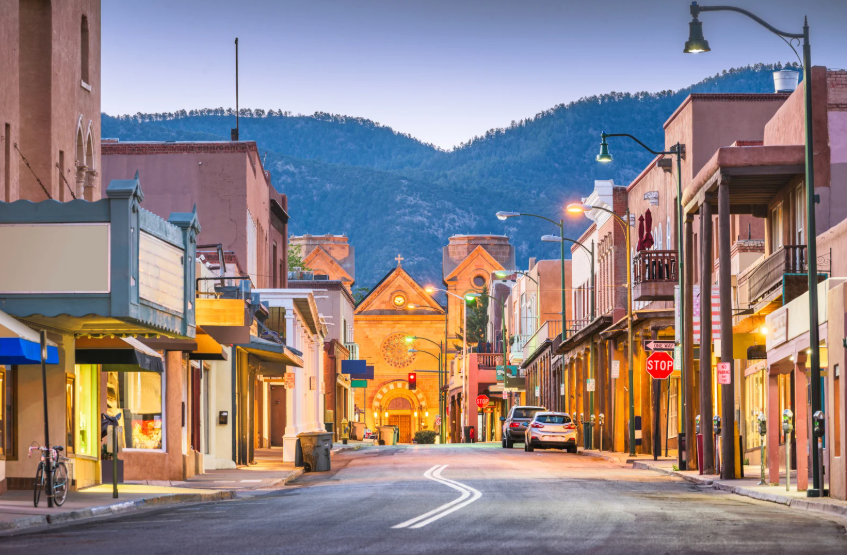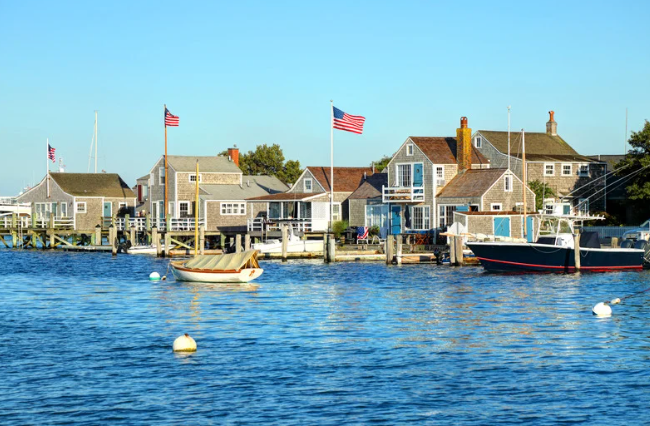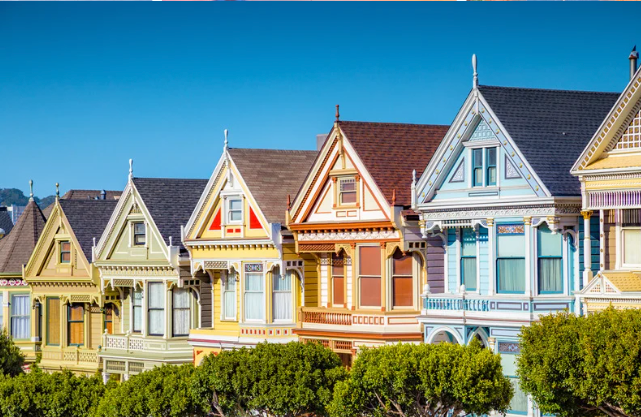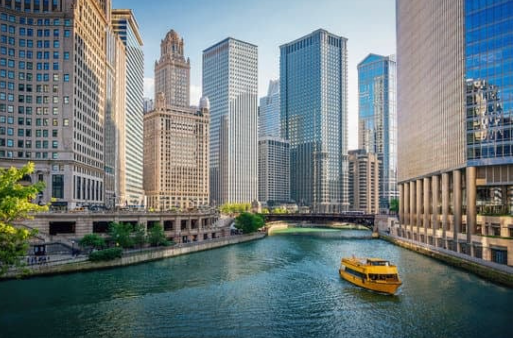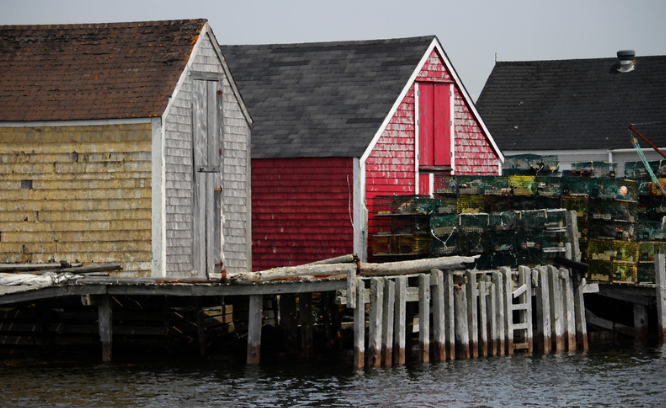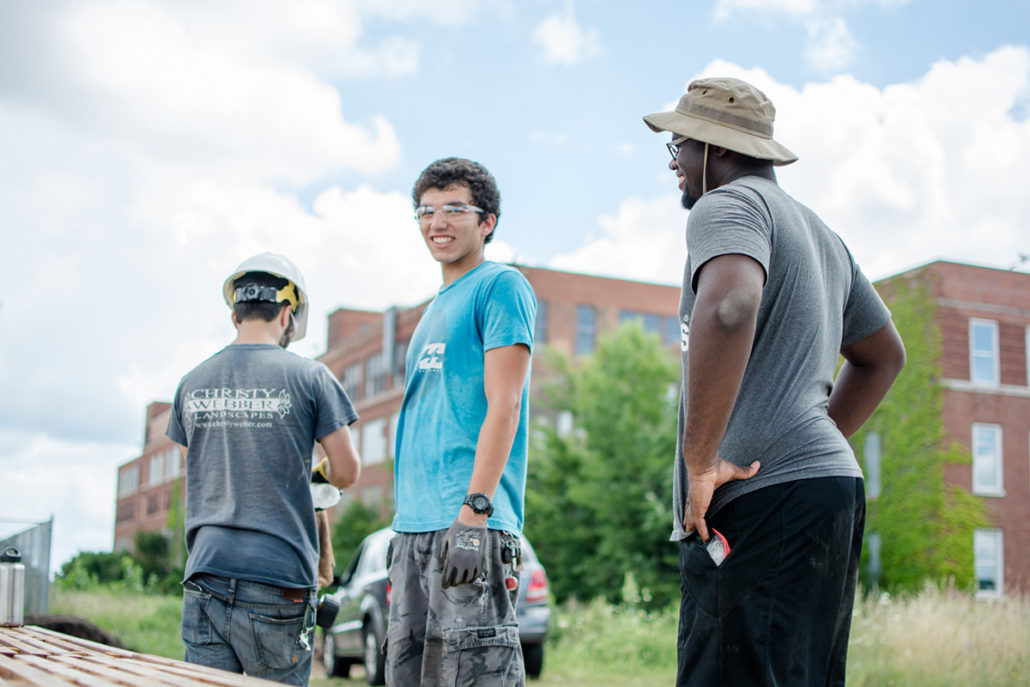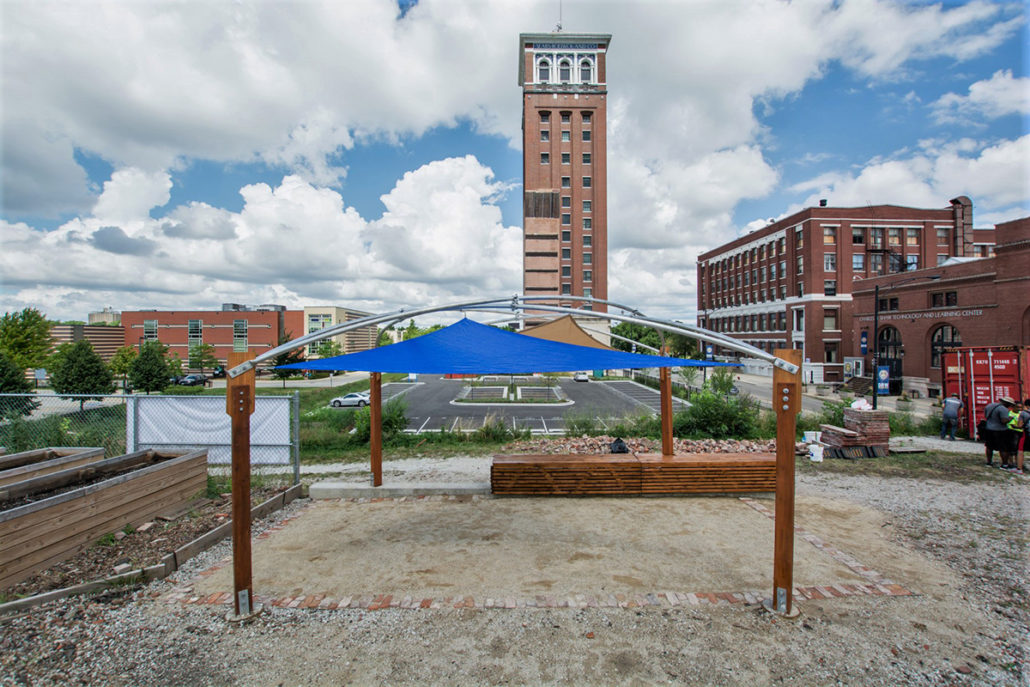What Makes Your Hometown Distinct? 12 North American Cities With Unique Architectural Fingerprints
You know that feeling in GeoGuessr when a place just feels familiar—even if you’ve never been there? That’s the power of architecture. Whether it’s the color of the rooftops, the silhouette of the skyline, or the rhythm of the street layout, built environments leave behind a signature. These 12 cities and towns across the United States and Canada stand out for their instantly recognizable architectural styles, local building laws, or cultural histories that shaped how they look (and feel) today.
1. Washington, D.C.
There’s a reason D.C. feels so different from other U.S. capitals: no skyscrapers. Thanks to the 1910 Height of Buildings Act, no structure in D.C. can be taller than 130ft on commercial streets or 90ft on residential streets, with a few exceptions up to 160ft along NW Pennsylvania Avenue. It’s a common misconception that the visibility of the Washington Monument and the Capitol Building were the catalysts for these regulations. However, no height of any existing structure was mentioned in the Act, and the true impetus of the legislation was Congressional concerns over fire safety! Regardless of the motivations, the impacts of the federal law have led to a unique urban landscape that is easily recognizable.
2. Sedona, Arizona
Amid the red rock cliffs and rust-colored desert, golden arches would’ve clashed. So Sedona’s strict design codes gave the local McDonald’s a makeover: teal arches instead of yellow, to blend with the red earth backdrop. It’s the only McDonald’s like it on the planet, a perpetual reminder of Sedona’s commitment to visual harmony and the power of design to fingerprint a place.
3. Santa Fe, New Mexico
Santa Fe doesn’t just look old-world Southwest—it’s required by law. The 1957 Historical Zoning Ordinance mandates that buildings within the historic district or “H Zone”, which comprises ¼ of the city of Santa Fe, follow the adobe-like Pueblo Revival or Spanish Territorial Revival style. Think rounded walls, earthy tones, wooden beams, and a look you won’t see anywhere else.
4. Nantucket, Massachusetts
This tiny island is a masterclass in uniform charm– the intense prevalence of grey shingles has even earned the town its nickname of “Grey Lady”. Strict preservation codes and Nantucket’s status as the largest National Historic Landmark District in the contiguous United States means that around 5,000 buildings on the island feature weathered grey cedar shingles, white trim, and colonial designs that harken back centuries to the heyday of Nantucket whalers. Fun fact: Nantucket Island doesn’t have any stoplights on the island, it relies on the flow of traffic to facilitate itself (and its cobblestone streets).
5. San Francisco, California
Though now a quintessential SF landmark, the “Painted Ladies” of San Francisco—Victorian rowhouses in pastel hues—weren’t always as iconic. The “Painted Ladies” initially were a collection of 48,000 homes built in the latter half of the 19th century and the first couple decades of the 20th century. Their polychrome exteriors were even called ‘uncouth’ by architecture critics in 1885! But after damages from the 1906 earthquake, maintenance issues due to two periods of rationing paint during the World Wars, and of course, the changing of styles over the decades, most of the houses lost their pops of color. That was until the 1970s colorist movement that brought the style back to SF, where it persists today. Further popularized through media (Full House anyone?), the “Painted Ladies” are unmistakable as being a signature of The Golden City. In addition to the Painted Ladies, the rest of SF’s architecture is shaped by steep hills, narrow lots, and bay windows.
6. Chicago, Illinois
Chicago is the birthplace of the skyscraper and a proving ground for bold architectural ideas. After the Great Fire of 1871, the city rebuilt with innovation in mind—leading to steel-frame construction, the ten-story Home Insurance Building, and the rise of the Chicago School, which is also known as the American Rennaissance style. Its skyline is a patchwork of styles, from Gothic Revival to sleek modernism to postmodern icons like the Aqua Tower. Add in the elevated “L” trains weaving through the streets, and Chicago becomes instantly recognizable as a city where architecture isn’t just scenery, it’s an identity. I mean– the “Windy City” nickname is attributed to its architecture, with winds off of Lake Michigan being channeled through the tall buildings and narrow streets!
7. Charleston, South Carolina
Charleston feels like a city frozen in time, and that’s its goal. In 1931, it became the first U.S. city to establish a historic district, setting strict preservation rules that still shape the city’s look today. Its signature “single houses,” narrow homes with long side piazzas, were built to catch the coastal breeze, a clever response to the Lowcountry climate. Then there’s Rainbow Row, a series of pastel Georgian townhouses restored in the 1930s that have become one of Charleston’s most photographed spots. From gas lanterns and wrought-iron gates to cobblestone streets and church steeples, Charleston’s charm is intentional, regulated, and fingerprinted into its architectural identity.
8. Vancouver, British Columbia
When the city is known for a particular urban planning phenomenon, you know its skyline will be instantly recognizable. For Vancouver, that is a city filled with glass and greenery that reaches for the clouds. “Vancouverism,” is a homegrown urban planning philosophy, prioritizing dense, mixed-use development with slender high-rises atop low-rise podiums. This keeps views of the mountains and water intact while maximizing livability. The result? A city that feels both vertical and breathable. Vancouver’s glass towers aren’t just aesthetic—they reflect the surrounding sea and sky, blending the built environment with the natural one. Add in a deep respect for Indigenous design elements, such as the post and beam architecture common in First Peoples’ designs, and you get a city that’s sleek, sustainable, and undeniably one-of-a-kind.
9. New Orleans, Louisiana
New Orleans’ architecture is a vibrant reflection of the city’s diverse cultural history. The French Quarter is instantly recognizable with its wrought-iron balconies, stucco facades, and colorful Creole townhouses, blending French, Spanish, and Caribbean influences. The “shotgun house” is another quintessential New Orleans style, a long, narrow dwelling designed for efficiency on tight lots and to promote airflow in the humid climate. Beyond the Quarter, the Garden District boasts grand antebellum mansions in Greek Revival and Italianate styles. Architectural features like raised foundations and wide verandas are common, adaptations to the city’s subtropical climate. New Orleans’ architectural styles are truly tailored to the rich tapestry formed by its heritage and environment!
10. Quebec City, Quebec
Quebec City stands out as a North American anomaly, a fortified city whose architecture distinctly harkens back to its European roots. As the only walled city north of Mexico, its stone ramparts and cobblestone streets immediately transport visitors to a bygone North American era— or present-day European city. The Old City, a UNESCO World Heritage site, is dominated by well-preserved 17th and 18th-century buildings, showcasing a blend of French Colonial and British architectural styles. Steep, winding streets and narrow staircases connect the Upper and Lower Towns, while features like mansard roofs, dormer windows, and thick stone walls speak to its enduring defensive past and a climate that demands robust construction.
11. Palm Springs, California
Anyone seen Don’t Worry Darling, the blockbuster hit starring Florence Pugh and Harry Styles? If you haven’t, you’re not alone; I haven’t either. But even through just watching the trailers, I clocked Palm Springs as their filming location– and you will too, it’s that iconic. The full embrace of the mid-century modernism style perfectly captures the optimism and innovation of post-war America that the movie uses as a facade for the dystopian! Unlike in the film, Palm Springs remains idyllic, featuring low-slung, rectilinear homes with flat roofs and vast expanses of glass. Natural materials and pops of color are common. The sunny climate led to integral features like breezeways, carports, and swimming pools. This focus on one iconic era, blended with its resort vibe, gives Palm Springs an instantly recognizable and desirable aesthetic.
12. Lunenburg, Nova Scotia
Lunenburg, a UNESCO World Heritage site, boasts a distinct architectural fingerprint rooted in its British Colonial past. Its grid street plan remains largely unchanged since the 18th century, lined with brightly colored wooden clapboard houses. The town’s waterfront buildings further emphasize its historic charm, appearing much as they did centuries ago. This exceptional preservation of its original layout and vibrant, traditional maritime architecture makes Lunenburg instantly recognizable.
So, what does your hometown look like—and why? Every city tells a story through its design. From zoning laws to climate, cultural history to creative rebellion, these places prove architecture is more than aesthetics—it’s identity made visible.



